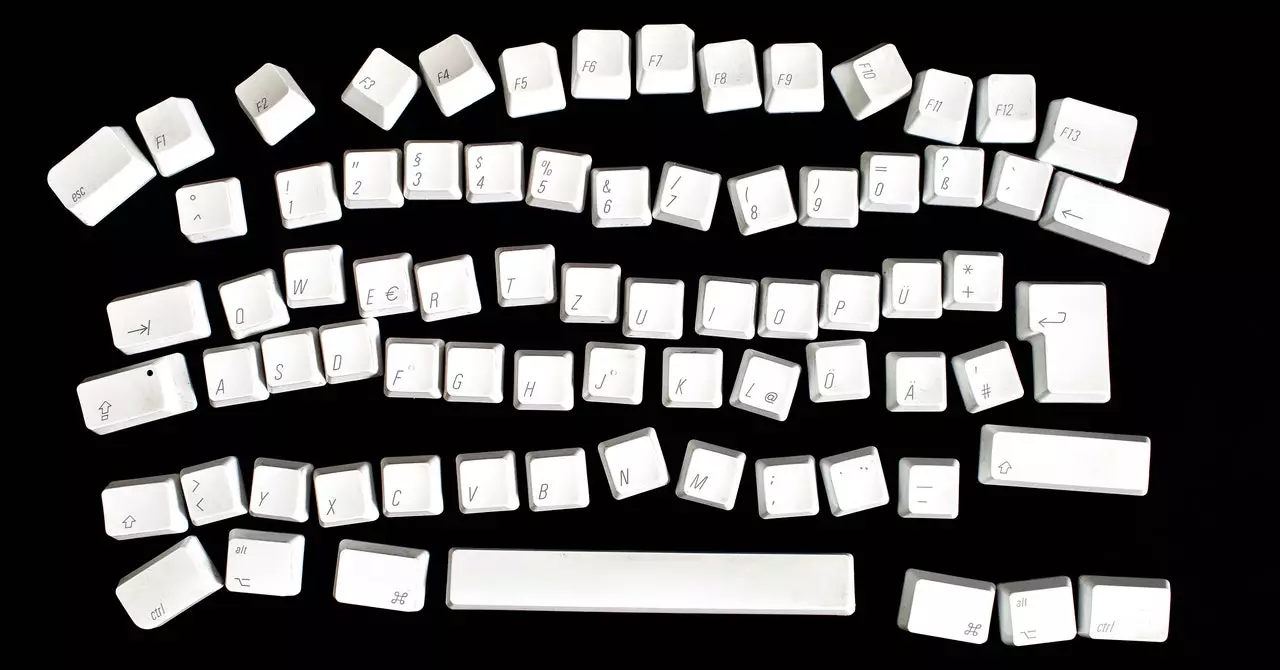Identifying text that has been generated by AI tools such as ChatGPT poses a significant challenge. While tools like GPTZero claim to help users distinguish between human and bot-generated content, they are not infallible and can produce false positives. As a journalist with a focus on AI detection, I have gathered some of WIRED’s most compelling articles on this subject to shed light on this complex issue.
In an article from February 2023, written shortly after the launch of ChatGPT, the founder of GPTZero, Edward Tian, discussed the factors his AI detector focuses on, such as text variance and randomness. The concept of using watermarks to identify specific word patterns as off-limits for AI text generation was explored but met with skepticism regarding its effectiveness by researchers.
An article from September 2023 highlights the concerns around how AI has affected schoolwork. Educators are increasingly worried about students using chatbots to complete assignments, raising questions about the integrity of academic work. While some students use AI as a brainstorming tool, others use it to produce entire assignments, posing a significant challenge for teachers.
The Responsibility of Companies in AI Detection
In August 2023, Kate Knibbs investigated the ethical implications of companies selling AI-generated products without disclosure. Some startups believed that specialized software could identify AI-generated content, raising debates about the balance between flagging potential AI content and the risk of mislabeling human-written text as AI-generated.
AI-generated text is increasingly surfacing in academic journals, where its use is often prohibited without proper disclosure. Amanda Hoover discusses how this phenomenon can dilute the quality of scientific literature and suggests the development of specialized detection tools to identify AI-generated content in research papers.
Watermarking AI text to make it detectable by software while remaining unnoticed by human readers was seen as a potential solution in early discussions. However, subsequent investigations revealed the vulnerabilities of watermarking as a detection strategy, highlighting the ongoing difficulty in implementing effective AI detection measures.
Turnitin, a plagiarism detection software, has incorporated AI spotting capabilities to help identify AI-generated content in academic submissions. Despite its potential benefits, concerns have been raised about false positives and biases against non-native English speakers, leading some institutions to refrain from using AI detection tools for now.
As the field of AI detection continues to evolve, developers are faced with the ongoing challenge of improving the accuracy and reliability of detection algorithms. The risks of misidentifying AI-generated content and the ethical implications of flagging such content underscore the complexity of navigating the presence of AI-generated text in various domains.


Leave a Reply